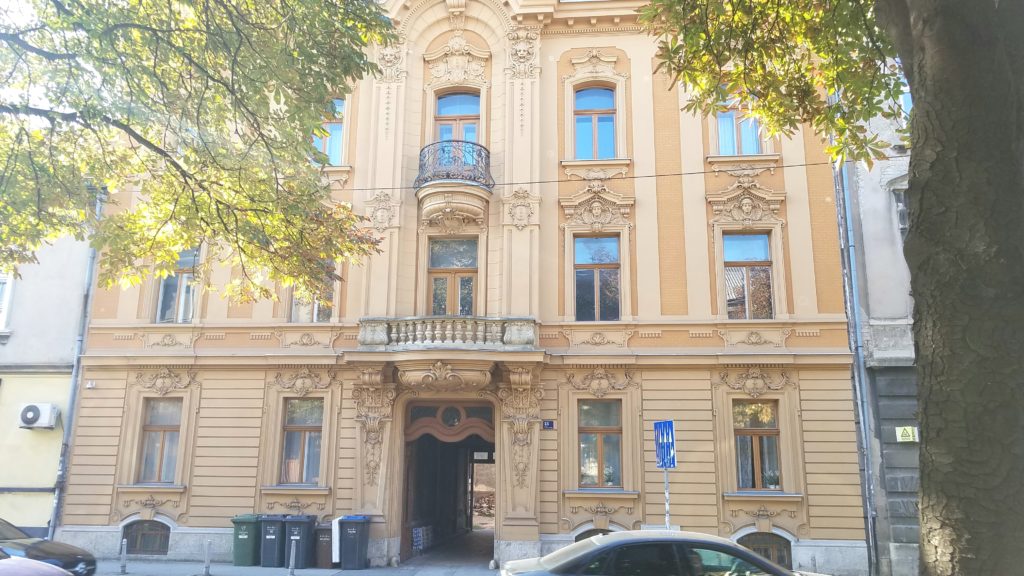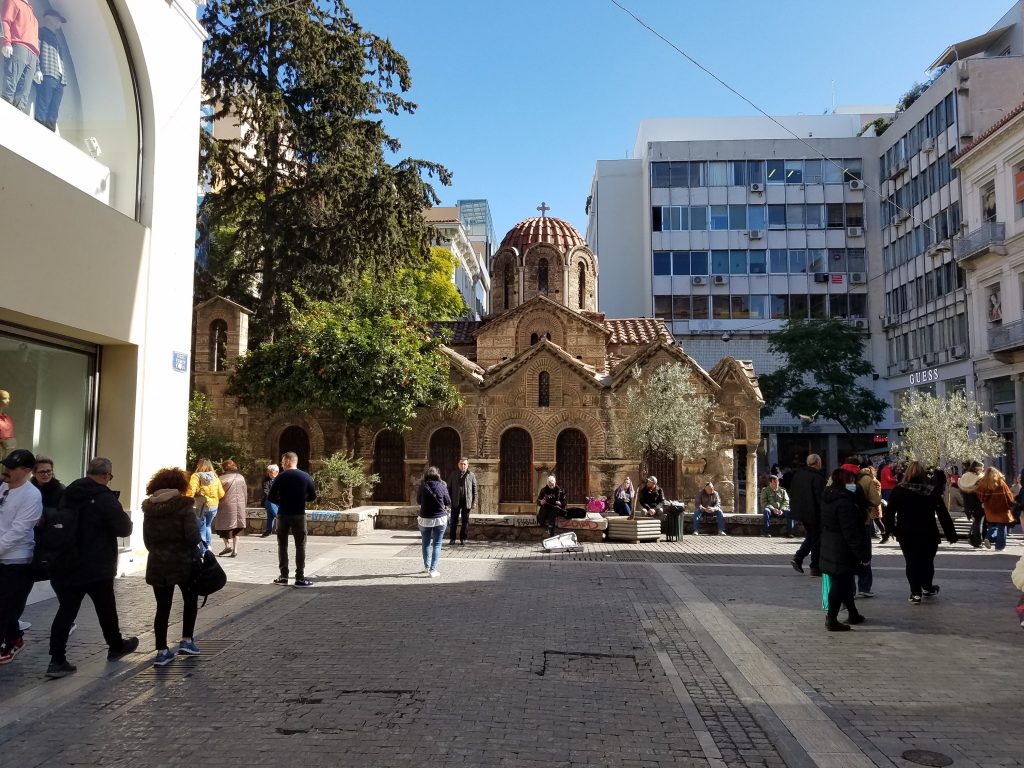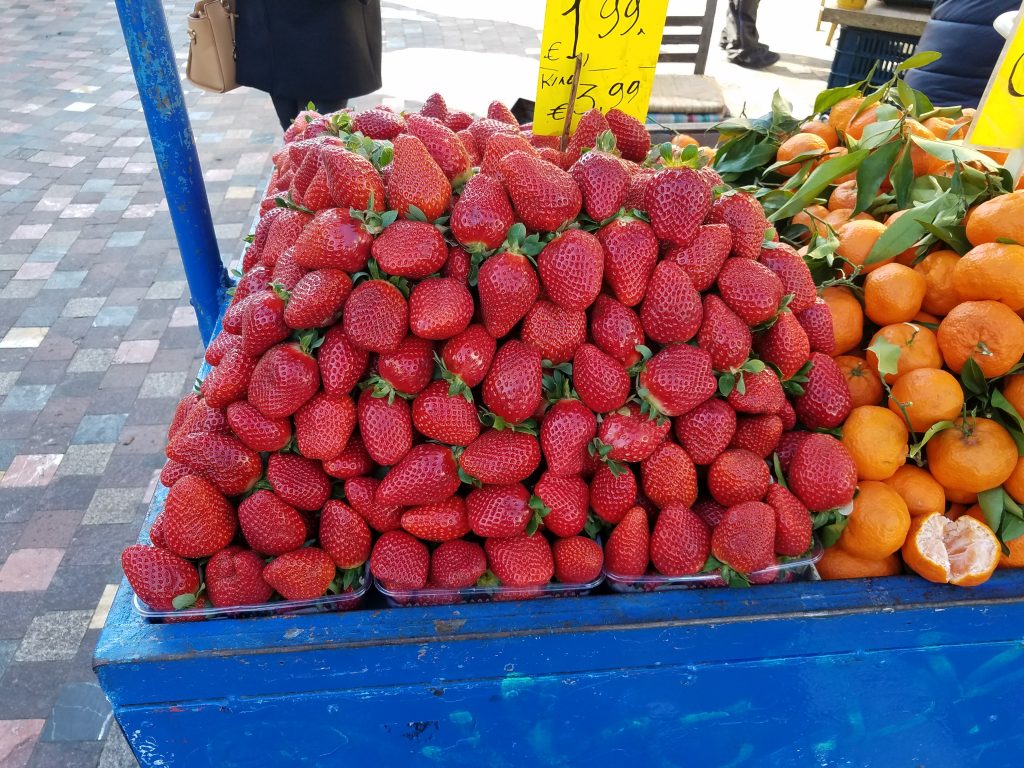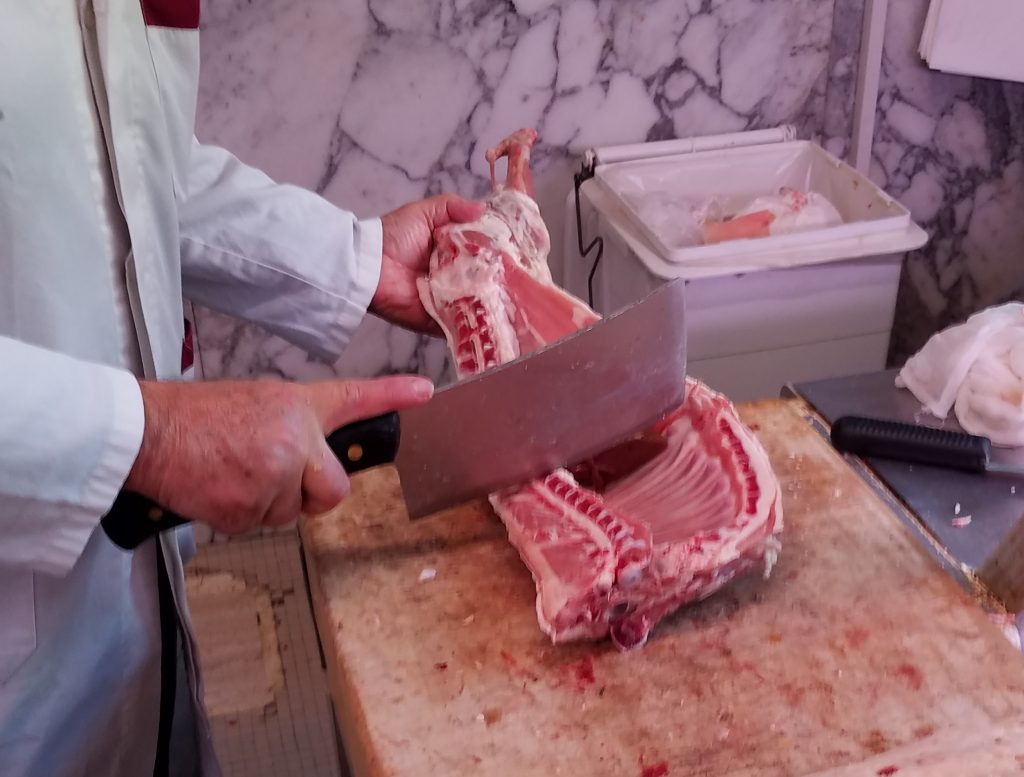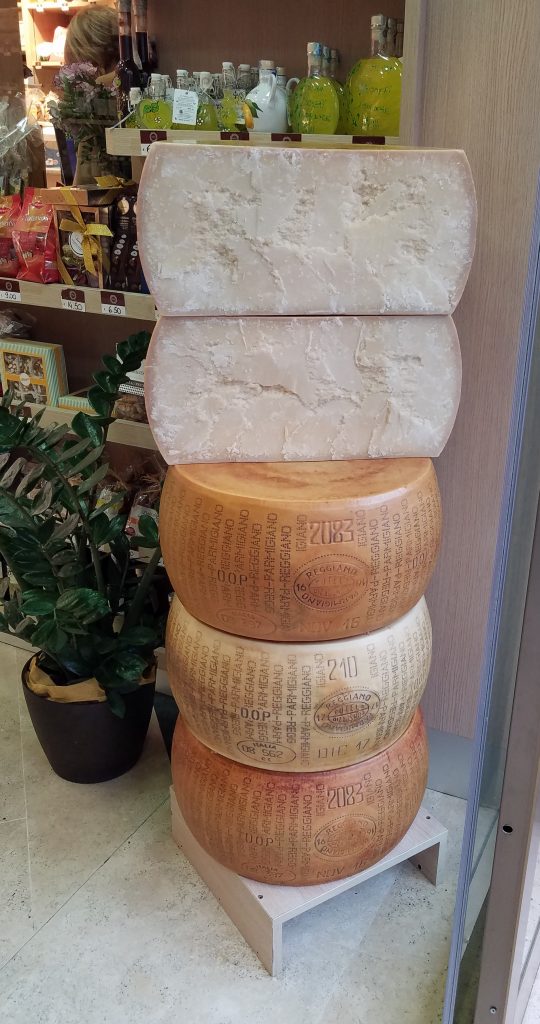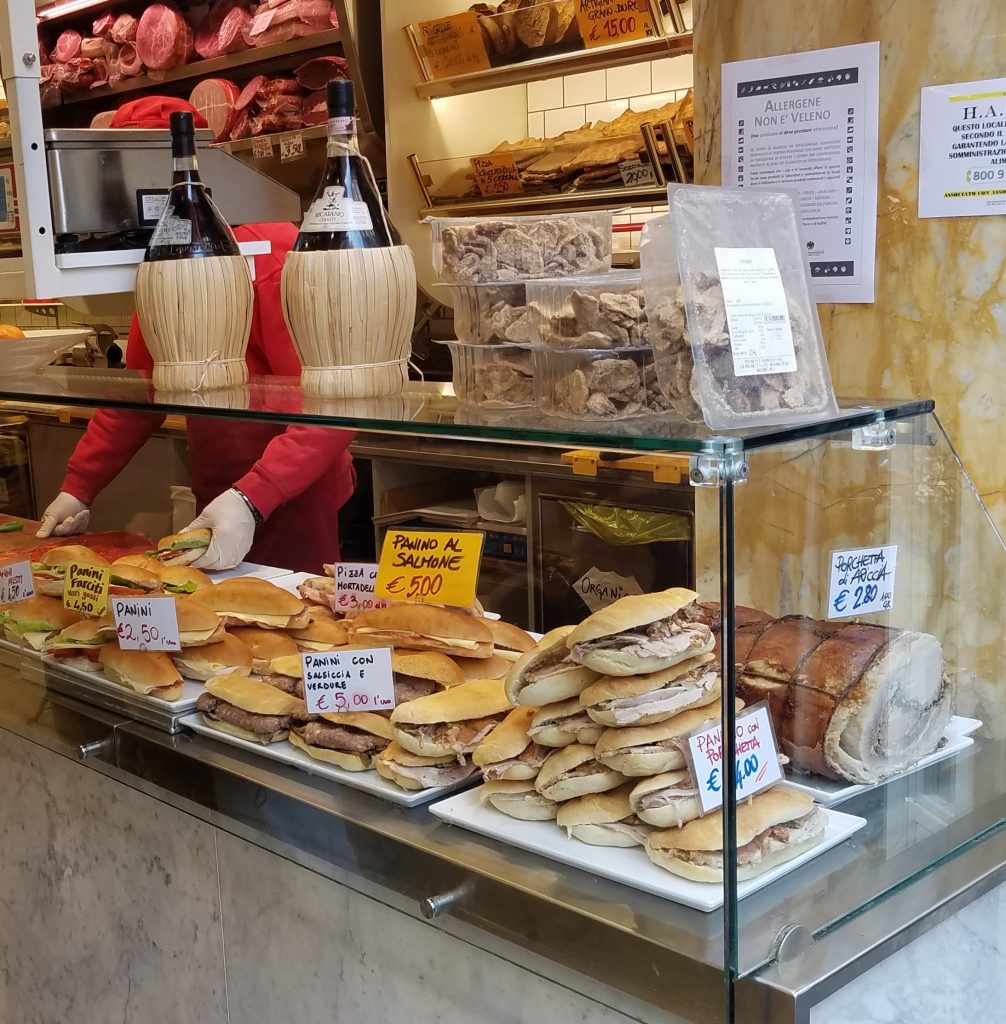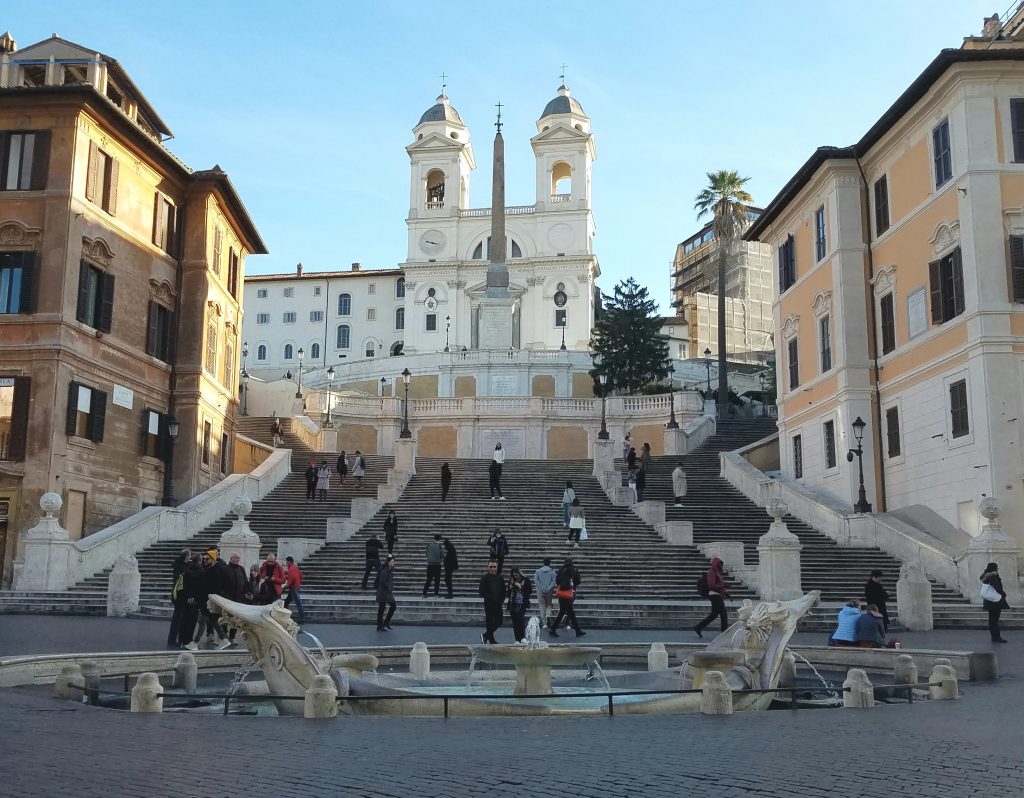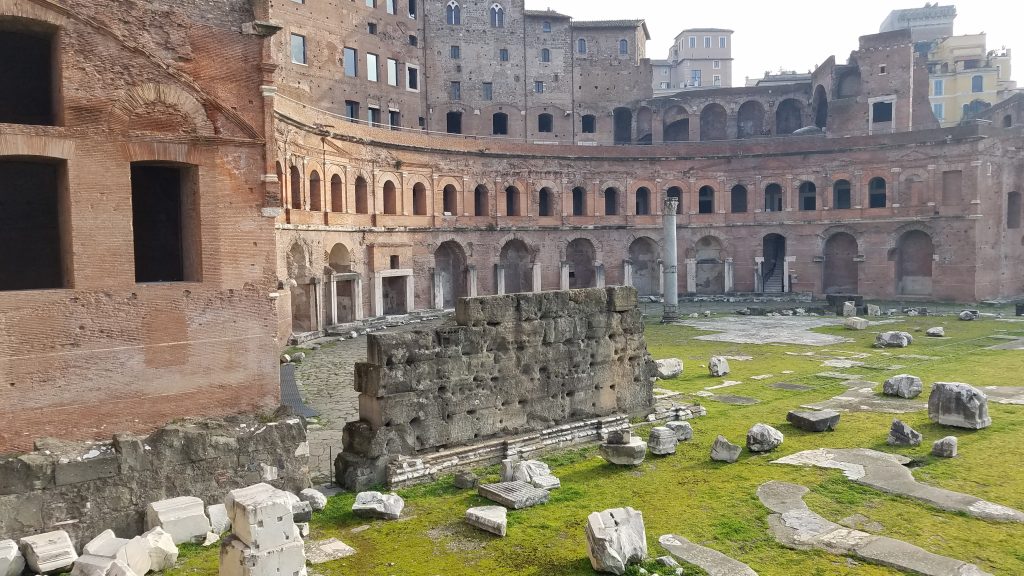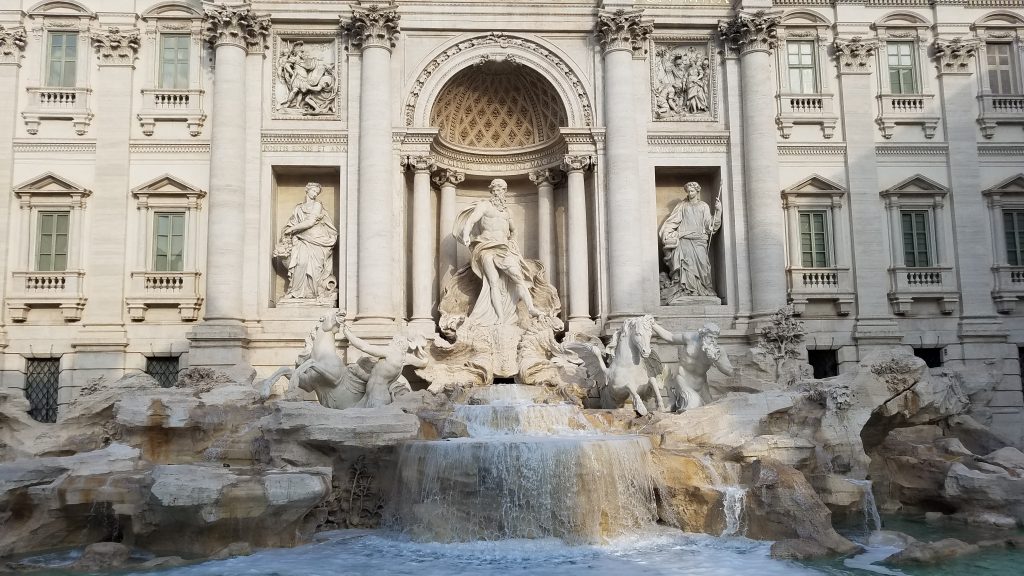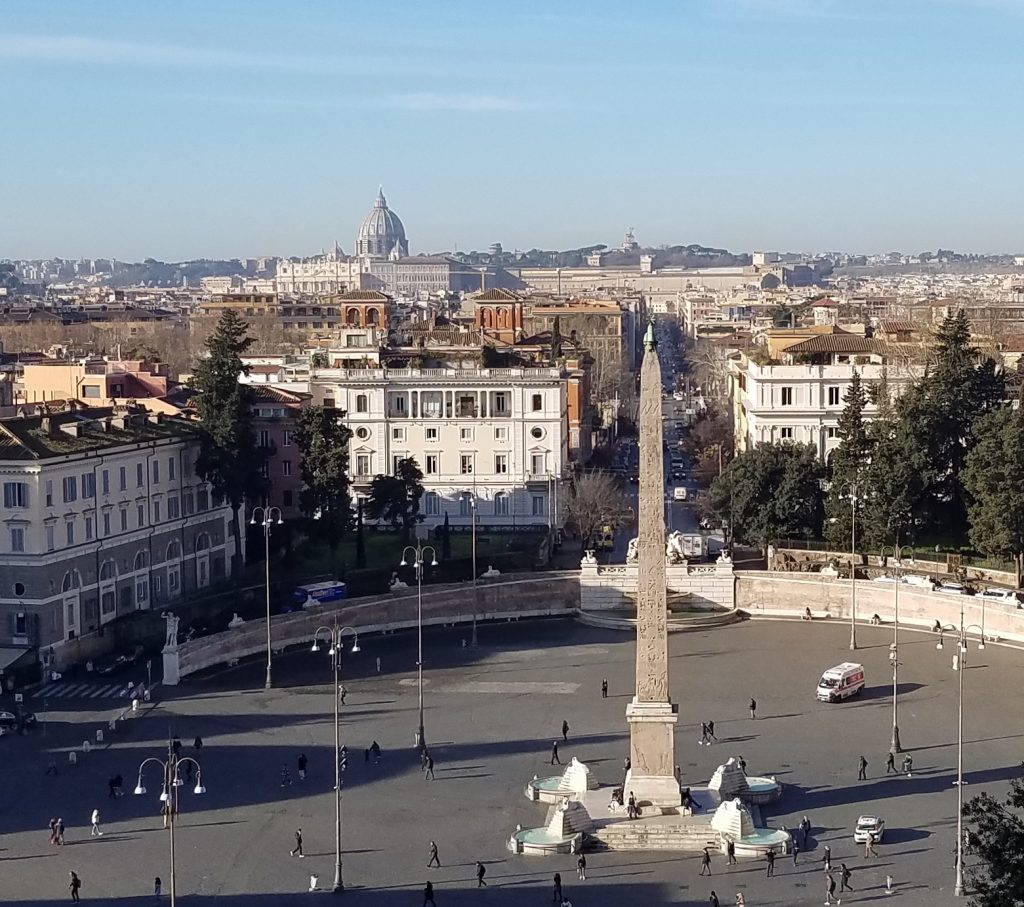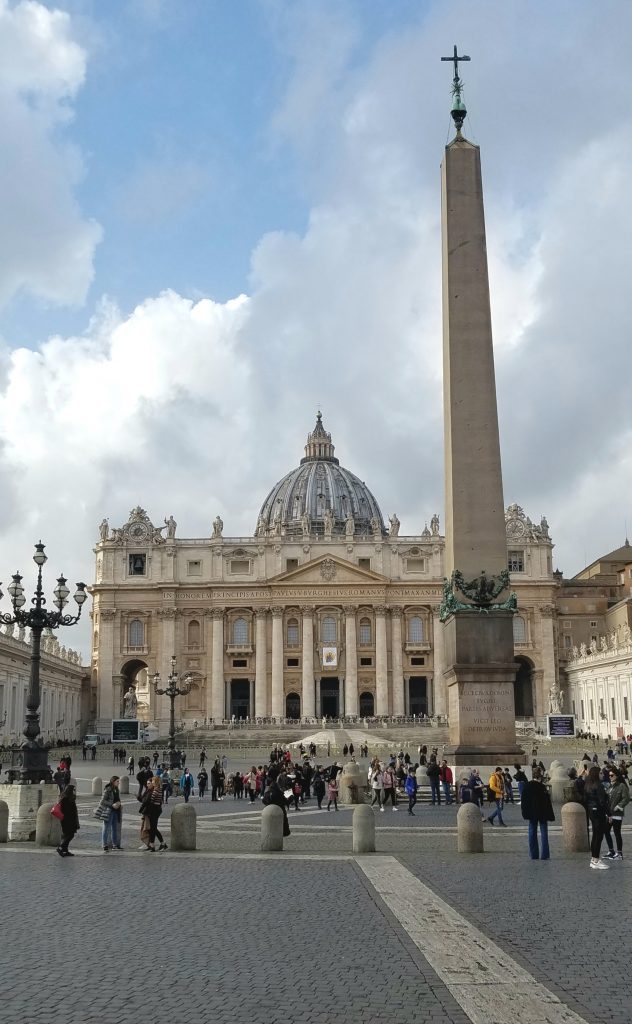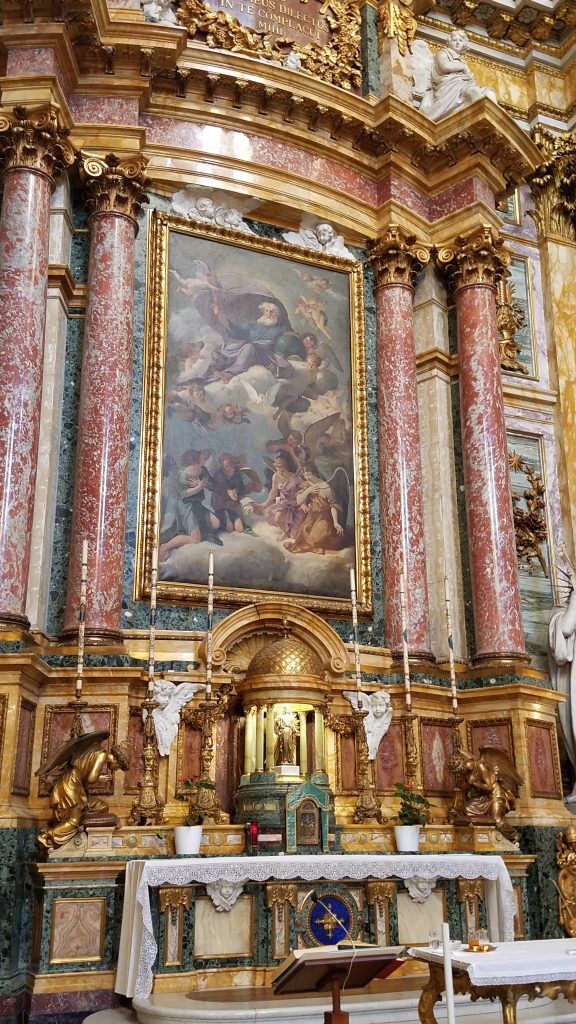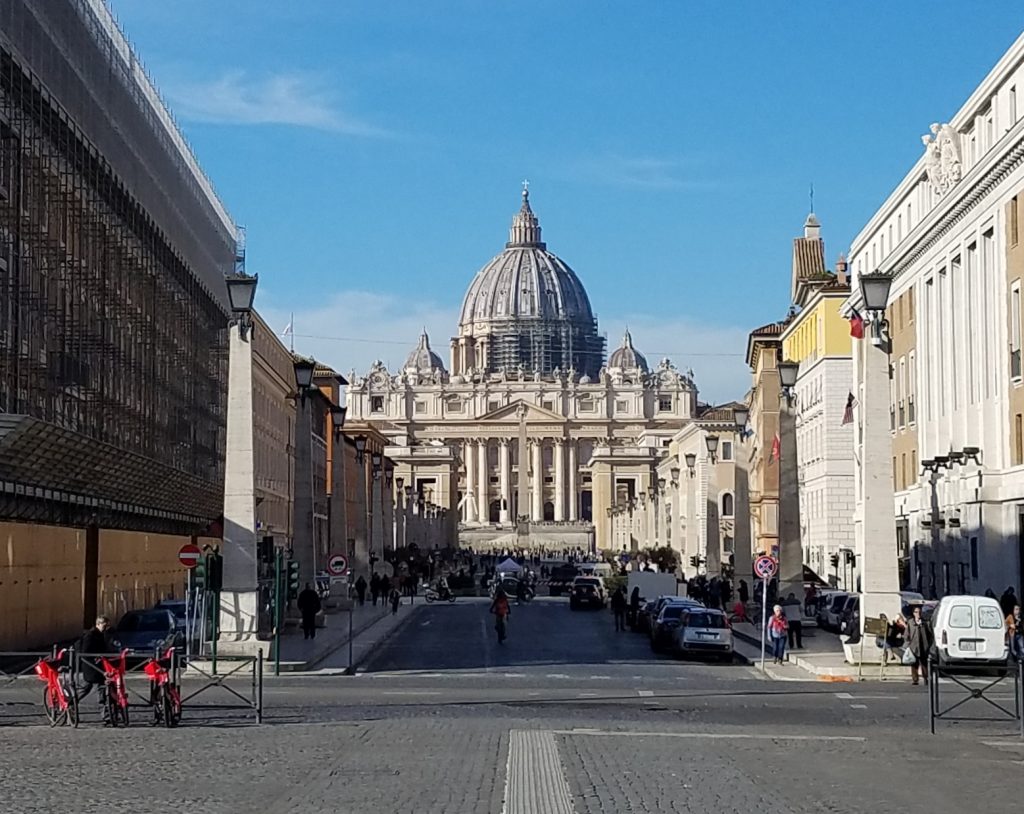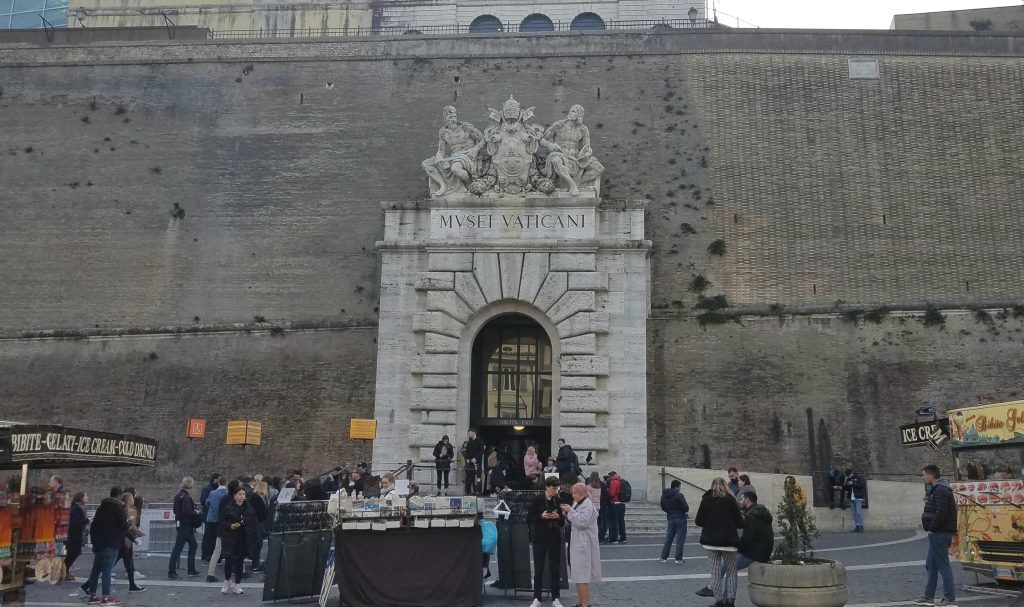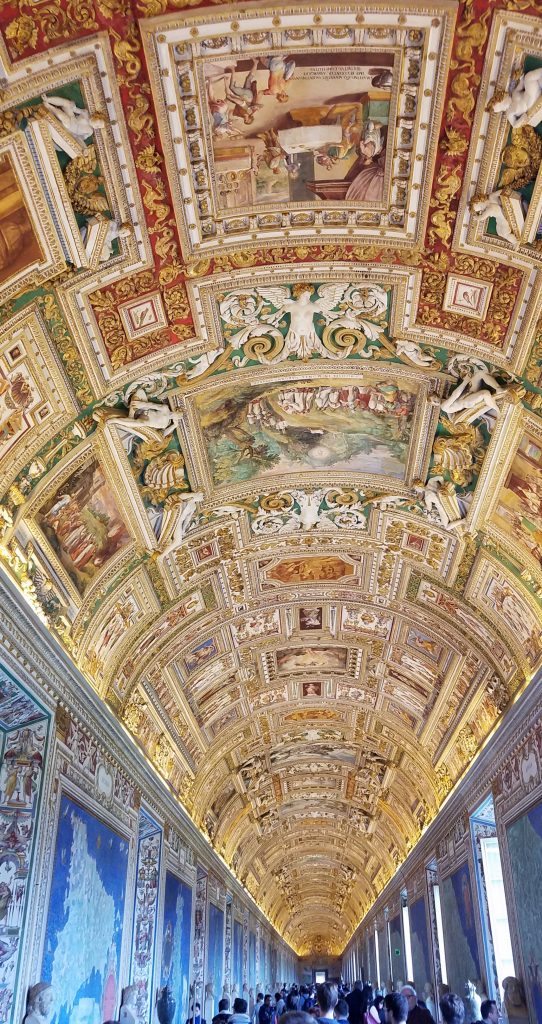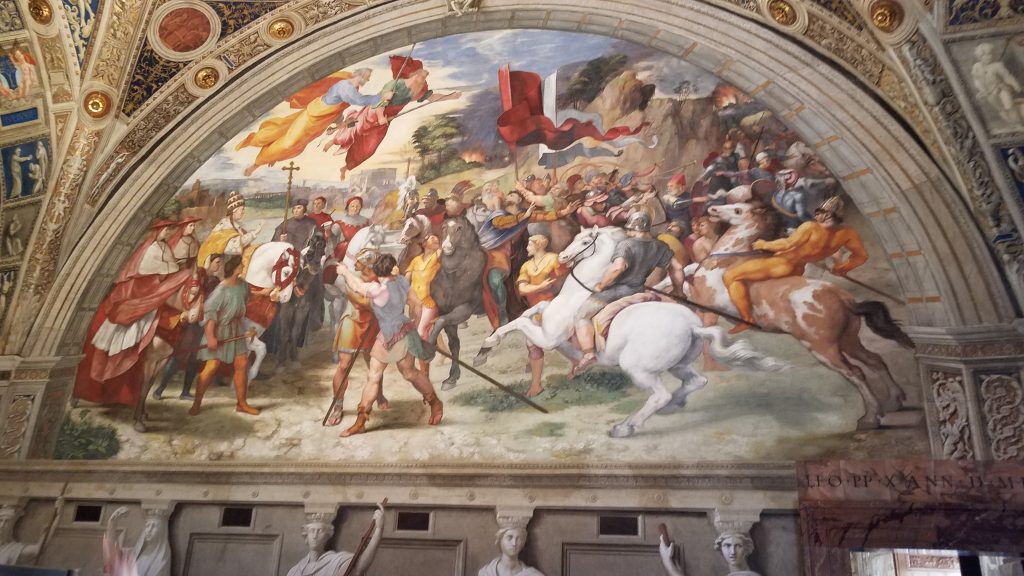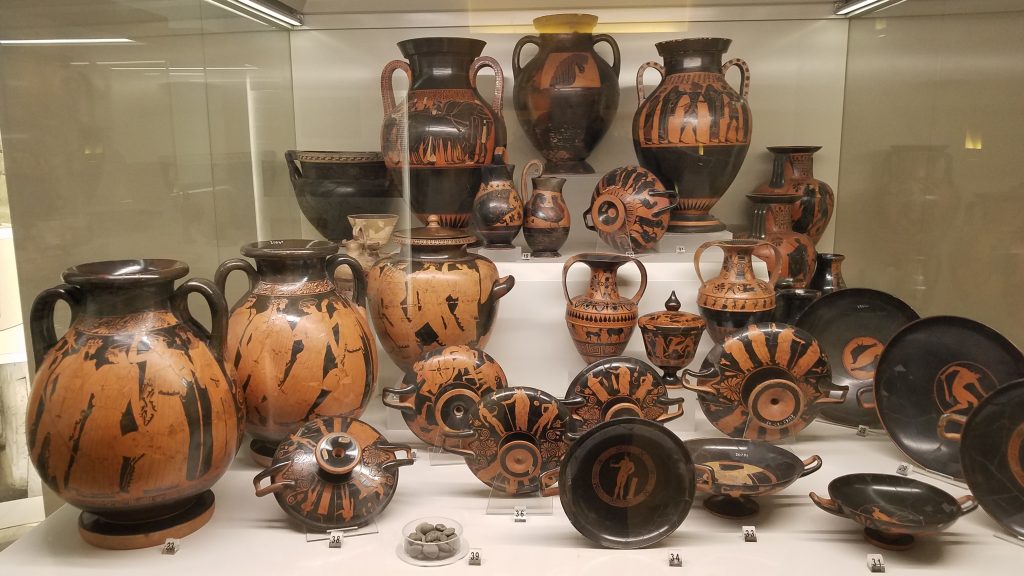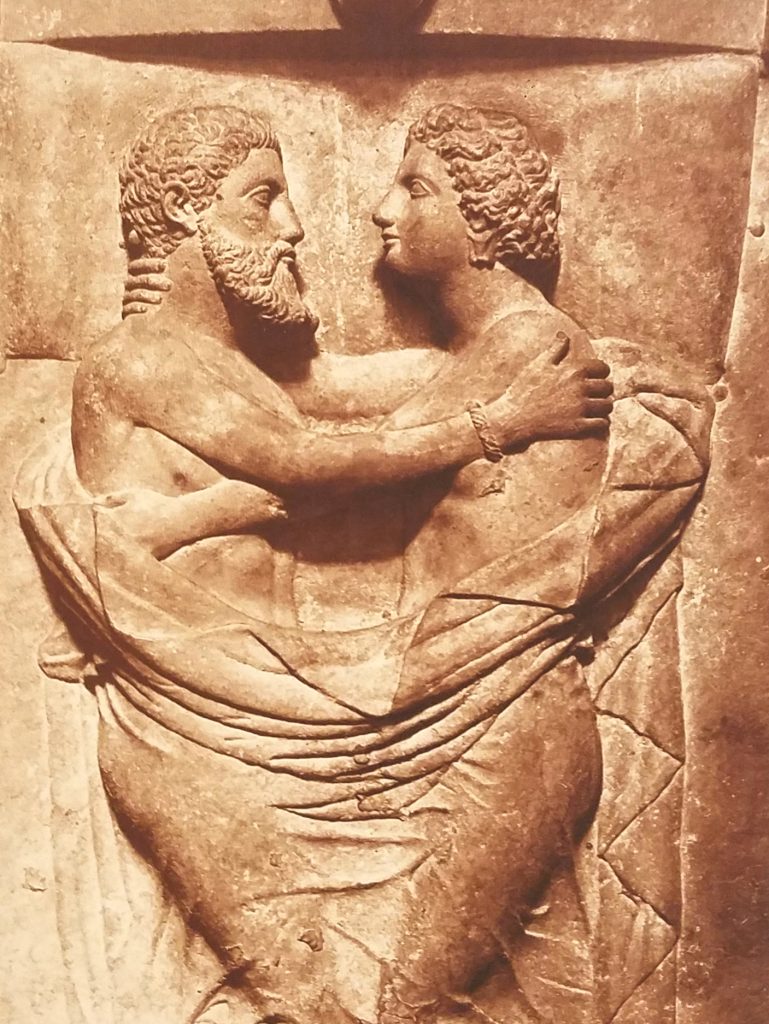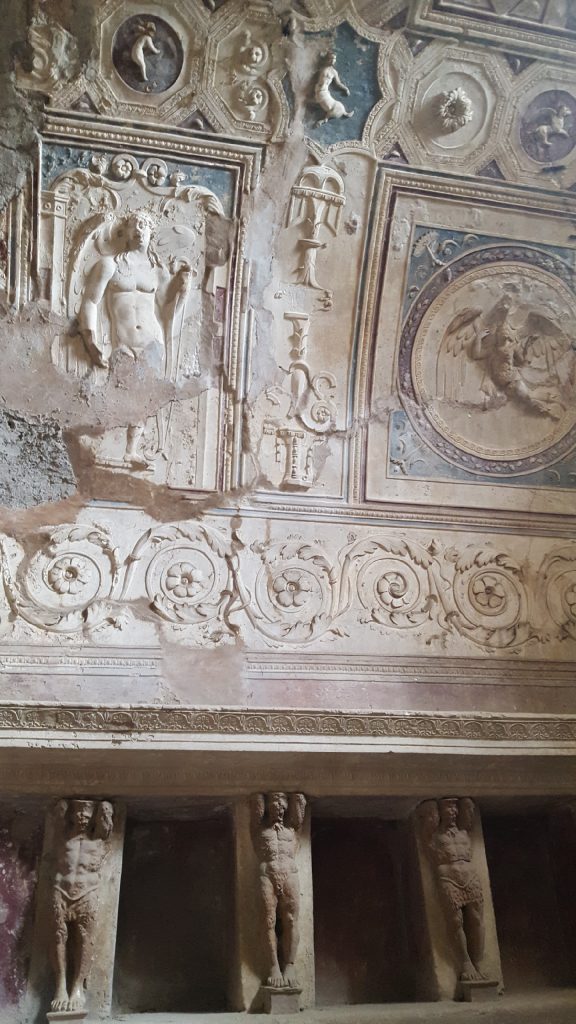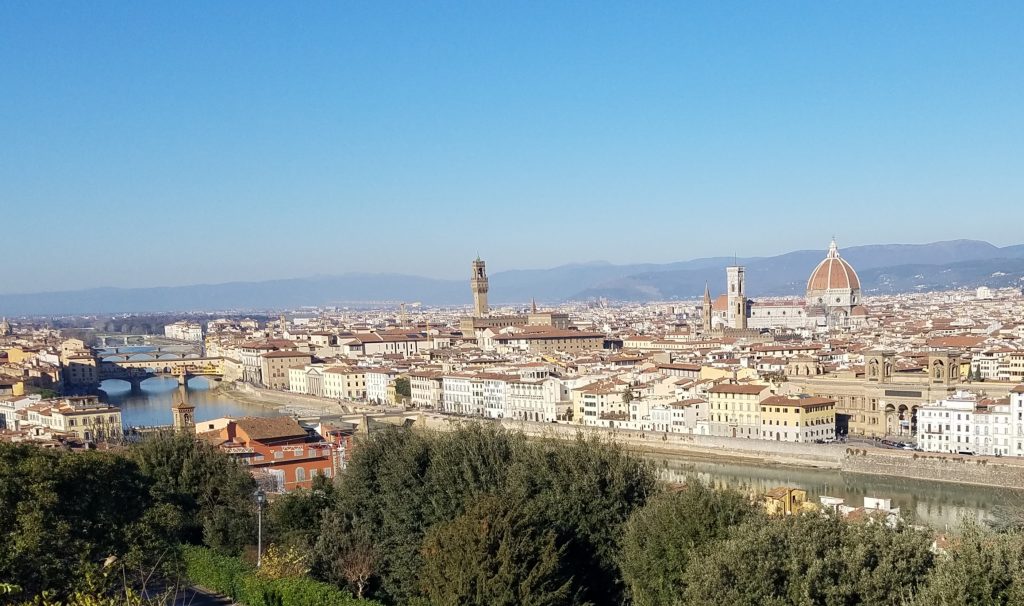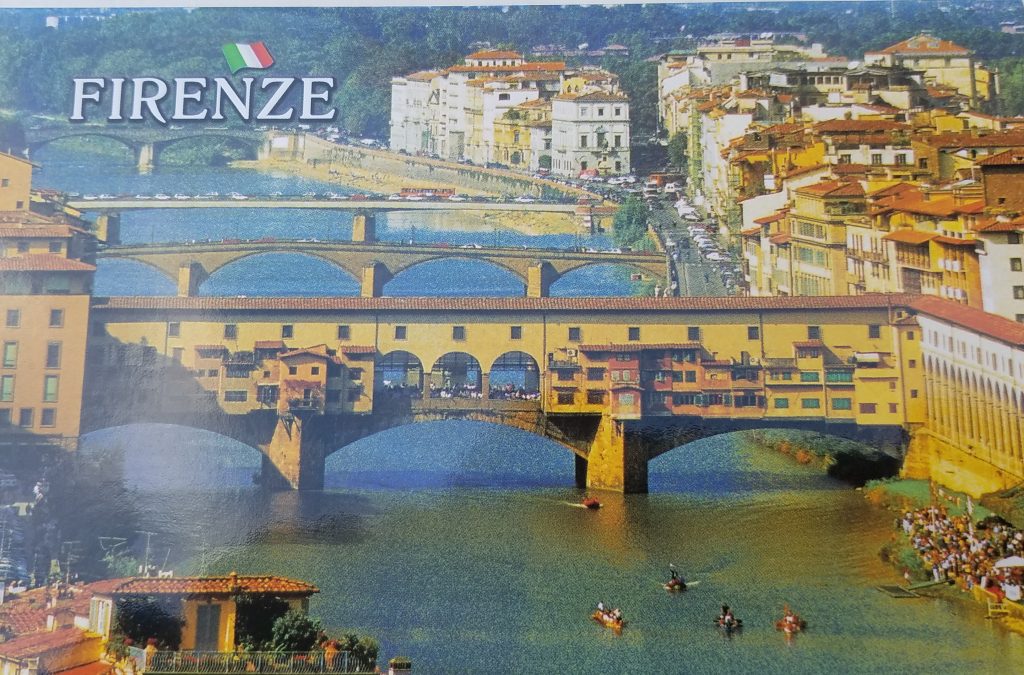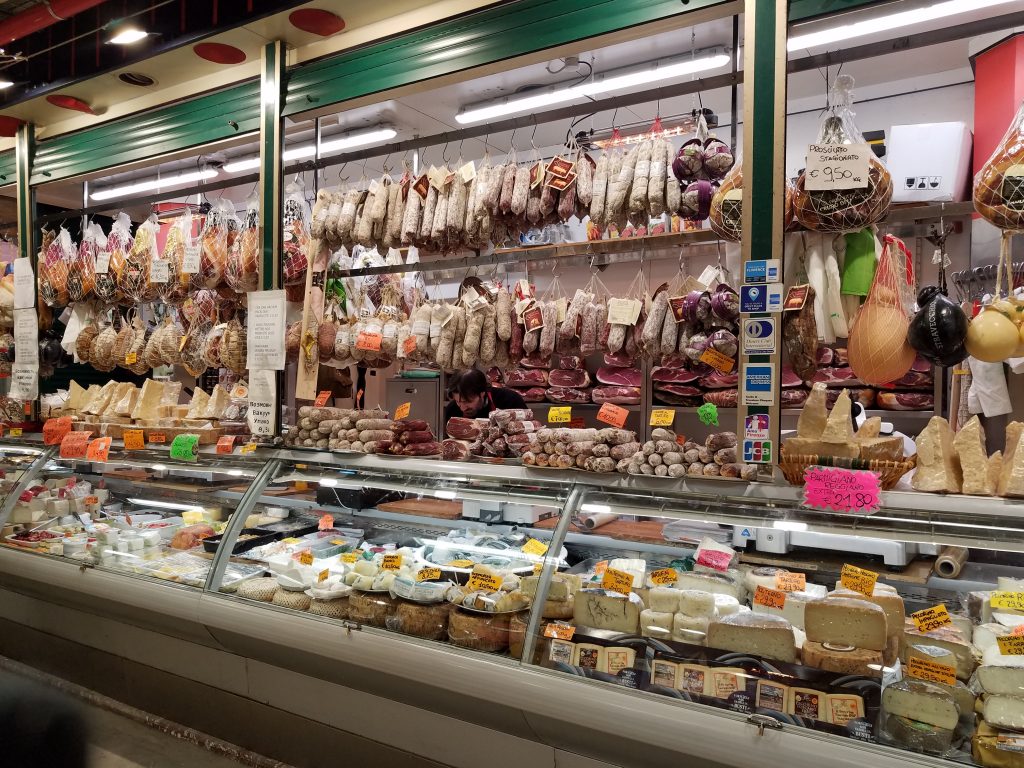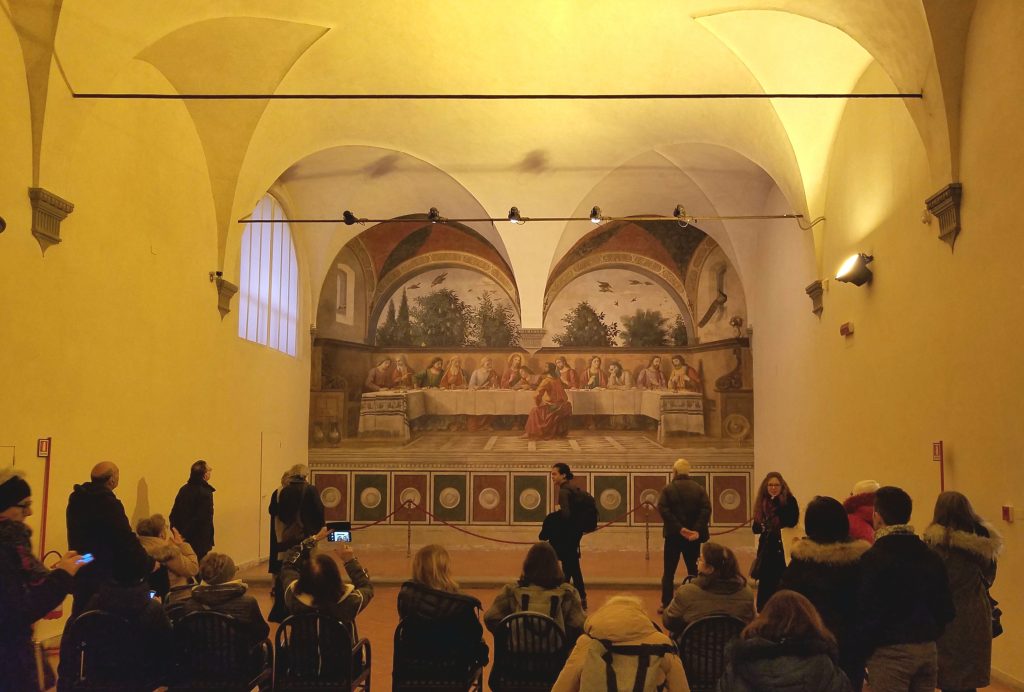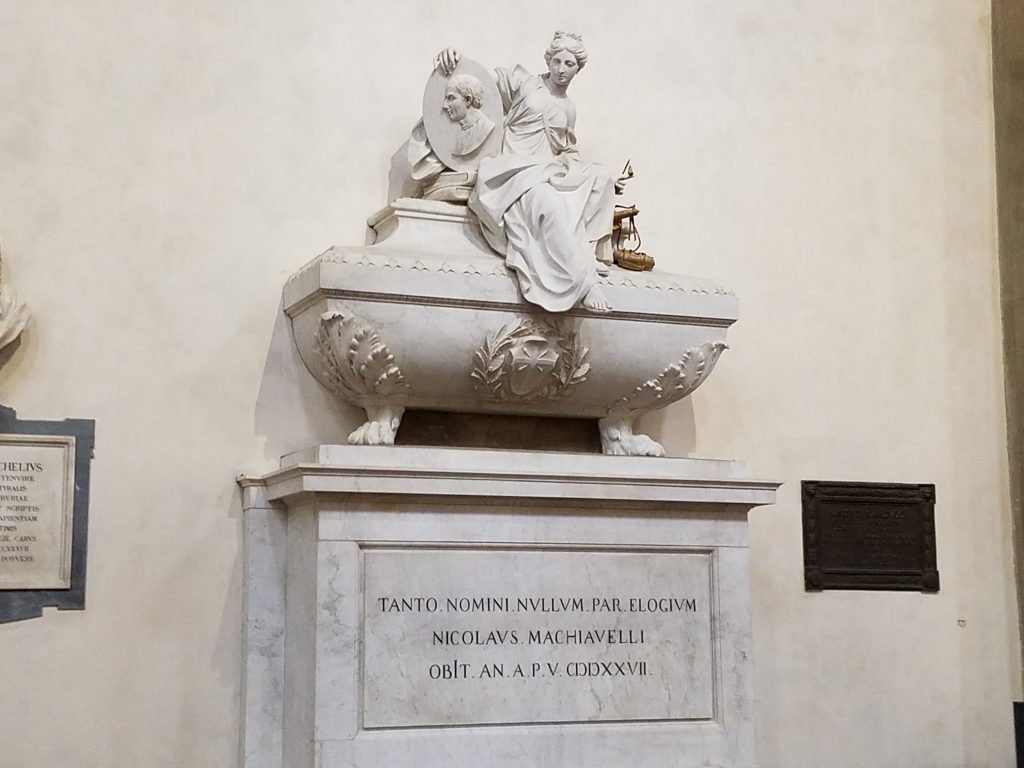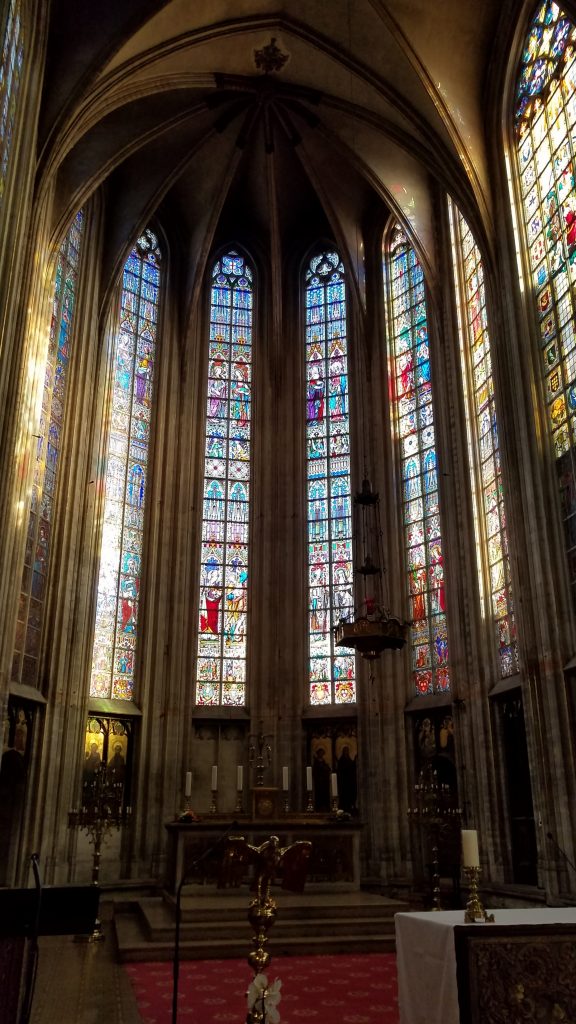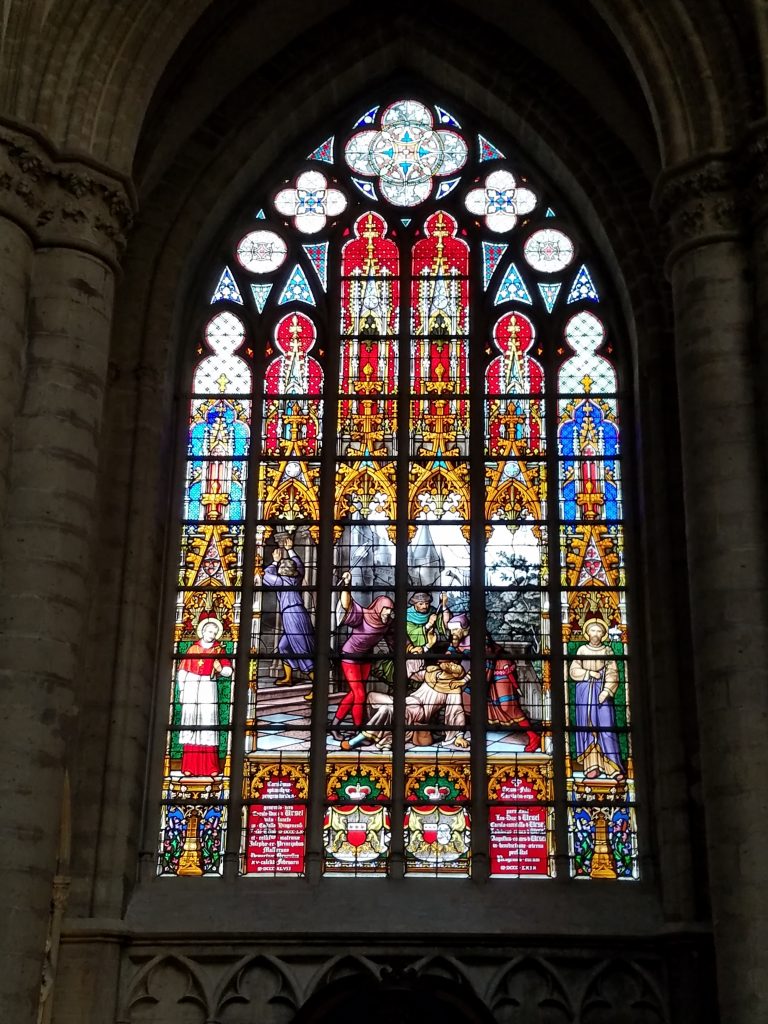Most of my time taking the short bus trip south from Zagreb to Banja Luka was spent at the border. I did not dare to take any pictures. Close scrutiny both leaving Croatia and a few hundred yards further entering Bosnia.
There was no border here for most of the 20th century as that band-aid of a made up country, Yugoslavia held the Balkans together. Established after WWI, Yugoslavia lasted until the 1990s. But with its disintegration the old divisions and rivalries reemerged.
Historically this is a very important border, for this was the northern extent of the Turkish Ottoman occupation of Europe. Here I am visiting the remains of the Ottoman fortress on the Vrbas river in Banja Luka.
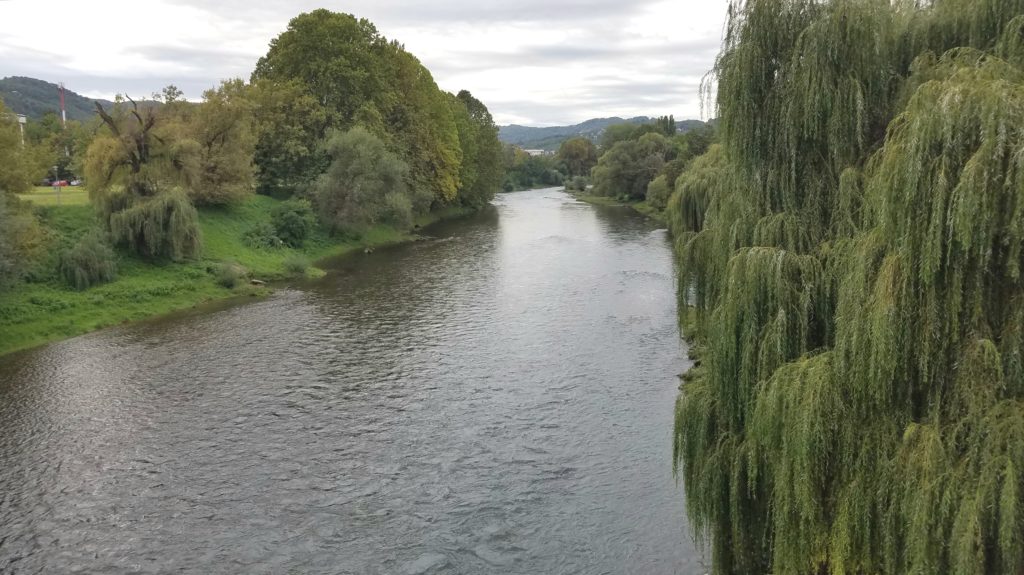



The Ottomans never made it north to Zagreb, so Croatia was part of Christendom. They use the western alphabet, and they are predominately Christians. South of this border the Ottoman empire held this area and the lands to the east for 500 years.
Today the north of Bosnia is occupied by Serbs, who use the Cyrillic alphabet and practice the Eastern Orthodox religion. Why not Muslims? Well, the Balkans are complicated.
Banja Luka is in Bosinia, but that is a nonfunctional country which has actually dissolved into three separate entities. This is now the Srpska Republic. They have their own stock exchange, and international airport (but the planes only go to Serbia).


This is really just a big country town in a very green, forested area. The city is pretty green too with lots of trees.




There is not much to see here.

But there are a number of photogenic churches.

The best way to make sense of the Balkans is to consider the major historical protagonists, the Ottomans, the Austrian Hungarian Empire (the Hapsburgs), and the Italians out of the Republic of Venice who occupied the coast and some inland areas such what is today Albania. Most local histories throughout the Balkans have these groups surging and retreating throughout the centuries.

The Serbs are a wild card. As the Ottoman empire began to decline and weaken large numbers of Serbs were able to migrate out of the Empire and into the region of Belgrade where they had dispensation from the Hapsburgs. Hence Serbia.

A serious source of animosity was the occupation of Yugoslavia during WWII by the Ustase regime, one of the nastiest groups in modern times. Originating in northern Italy they were fascists, severe racists .. and hated the Serbs. Their infamous extermination camp, Jasenovac, just over the border here in what is now Croatia murdered maybe a hundred thousand persons. Jews and Romas, but mainly Serbs, many from Banja Luka. There were no niceties like gas chambers. Taken from the work camps the victims were dispatched one on one with hatchets and knives.

The echo of the Ottoman Turks are the Bosniks, Muslim peoples who now live in the south of Bosinia. After Yugoslavia fell apart in the 1990s and the Sepska Republic was established, the people of this area, supported by Serbia began to expel the Bosniks. (And the Croats). Here in Banja Luka they used explosives to destroy 16 mosques. They ran their own concentration camp for Bosniks, not really for extermination, but hundreds died. And they kept it up until NATO bombed Belgrade and Clinton partitioned Bosinia with the Dayton agreement.
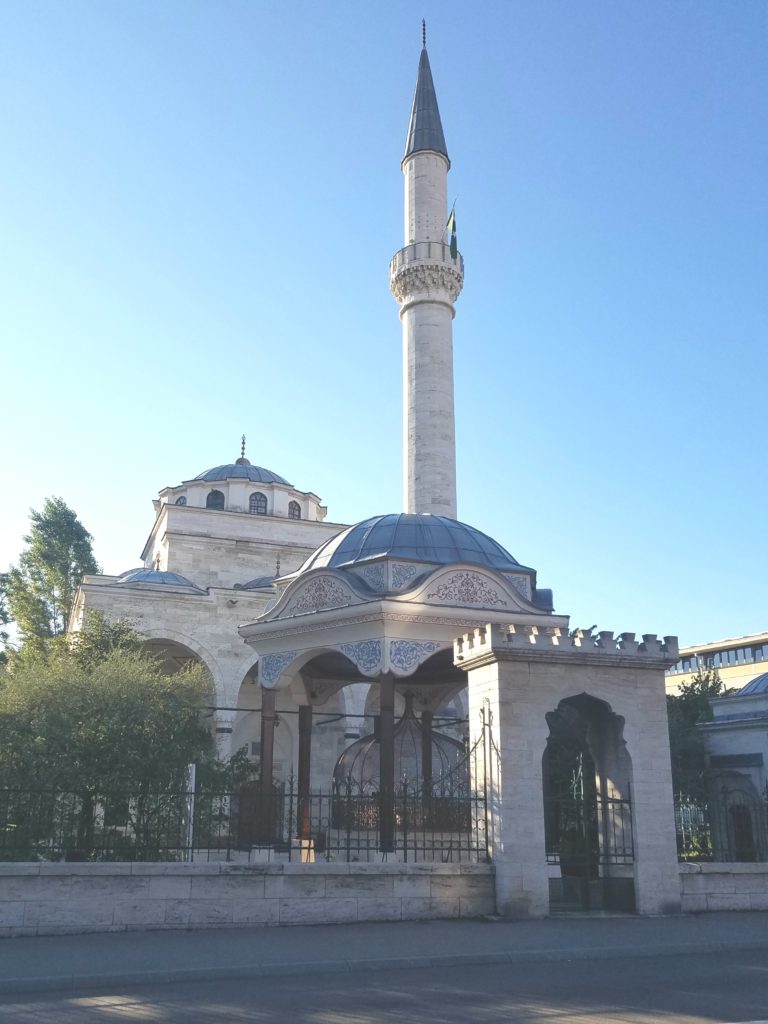
Back to happier thoughts.


Since I would never suggest anyone come here except some history buff, here are some interesting (to me) peculiarities of Banja Luka.
There are a few classy and good restaurants, but the everyday food is not so good. Some kind of grilled sausages seems to be the main diet. I went to great lengths to find roasted lamb and pork and was very disappointed. If the Lecon roast pork in the Philippines is a 10 (and it is, the best in the world) this was a 1.5

There is a lot of old Communist housing, but also nice new investment.


They like fountains, throughout the city and even on roundabouts.

There are mounted police patrols.

Taxis are extremely clean. And cheap. Why can’t we have clean taxis? And as you see from these taxi drivers these people are strikingly big. Many many look six feet two and 240 pounds. With plenty of tall large women too.


If you buy firewood it is delivered on a pallet. What a good idea.

I have never seen residential electrical service where they run the wires over the rooftops.

There are Casinos and betting shops everywhere. I do not know what that means in a society but there are so many it is exceptional. Here are three on the same street corner.



American NATO troops are staying in my hotel. I did not take their pictures. Apparently, the military do not stay in tents in muddy fields these days but in the Marriott. But I am glad they are around.







